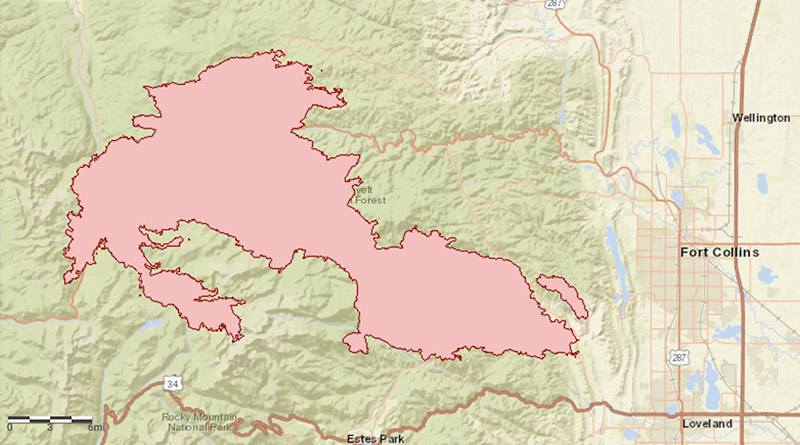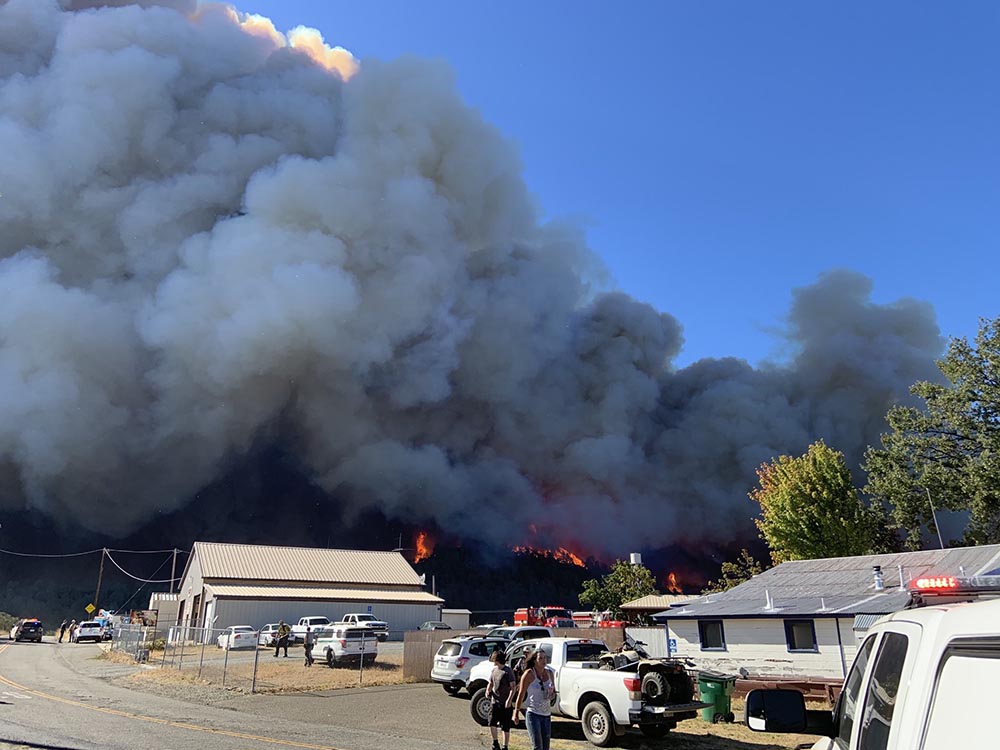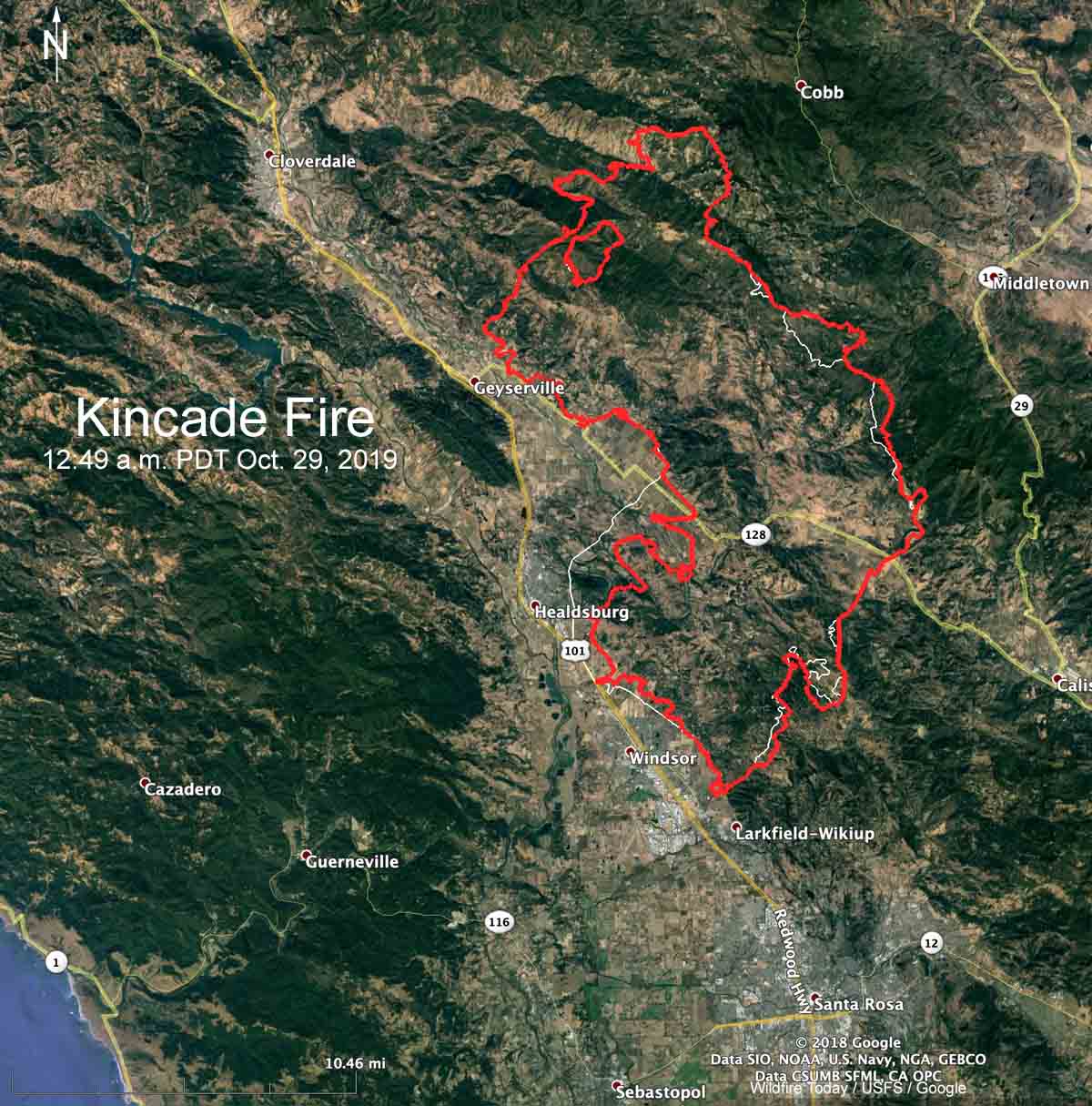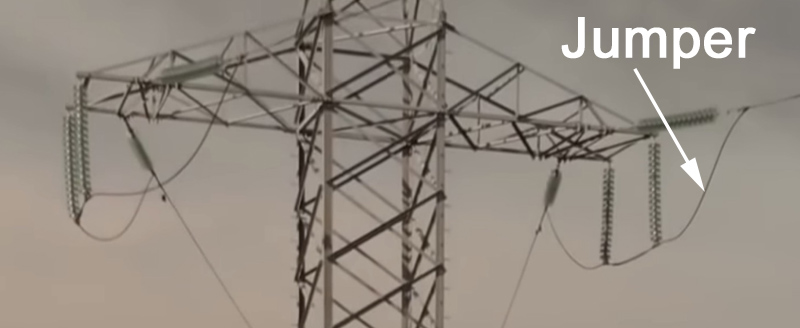
The largest wildfire in the recorded history of Colorado, the Cameron Peak Fire, will be remembered for the 209,913 acres that burned, but also for how COVID-19 affected the personnel and the suppression of the fire.
A Facilitated Learning Analysis conducted by a team of seven people found that in the months after the fire started on August 13, 2020 west of Fort Collins, 76 workers at the fire tested positive for the virus and a total of 273 had to be quarantined at various times over the course of the fire. Two were hospitalized.

The Analysis is lengthy, full of facts about how the outbreak affected the personnel and the management of the fire. The document has 250 Lessons Learned which are broken down into 14 types of resources (e.g. Finance Unit, Contractors) and 7 categories (e.g. COVID mitigations and testing/contact tracing).
It’s a lot to digest, but it’s best to start with the eight-minute video.
The report was written relatively early in the incident when only 21 had tested positive and 214 had been quarantined.
Of the two individuals that had to be hospitalized, one, called “Rico” in the report, was thought to be so close to death that tentative plans were being made about steps that would have to be taken after his demise, complicated by the fact that he was not a federal or state employee, but worked on an engine for an out of state contractor.
“Being a contract employee, could travel for his family be paid for? What about an Honor Guard or giving them a flag?” the report said. “There was confusion within the local unit, the fire management teams, and the RO about what could legally be done for different classifications of employees (federal, AD, contract, etc.) and this created a lot of tension. Everyone wanted to honor the intention set by the Chief to take care of people. However, the boundaries posed by the contract, policy, and federal purchasing law were limiting everyone to act on their desire to help.”
Rico was admitted to the hospital on August 24 and by the 31st was placed on a ventilator. The machine breathed for him while in a medically induced coma until he was weaned off on October 7. In December he was released to a rehab center.
Surprisingly, this wasn’t Rico’s first time dealing with COVID-19. According to the report he had been hospitalized back in the spring with complications from COVID-19.

This was the first time in the United States that a person on a large wildfire had to be admitted to a hospital due to the pandemic. There were dozens of unanticipated issues that developed as 273 tested positive. It created issues that none of the personnel on the nine incident management teams that rotated through the incident had ever dealt with.
In reading the report and learning about one unique problem after another, it seemed like everything that could have gone wrong did go wrong in dealing with the multiple COVID-19 breakouts on the fire. The term that kept popping into my mind was, sh**show.
For example, a firefighter on an AD crew from another region who had COVID-19 symptoms was dropped off at the hospital for testing. Called “Brett” in the report, he tested positive, but was not admitted and was released at 5:30 a.m. There was no one keeping track of him, no liaison, and he waited outside the hospital for 14 hours until he was transported to a hotel for quarantine. He had nothing. All of his gear was at the fire. Obviously he needed a few necessities to exist on his own for what could be two weeks. Transporting Brett’s gear bag to the hotel proved to be challenging, since it was suspected of being compromised by the virus. The Incident Management Team WANTED to help, but they were hamstrung by policies that would not allow Forest Service funds to be used to buy this kid a change of underwear or shaving equipment.









